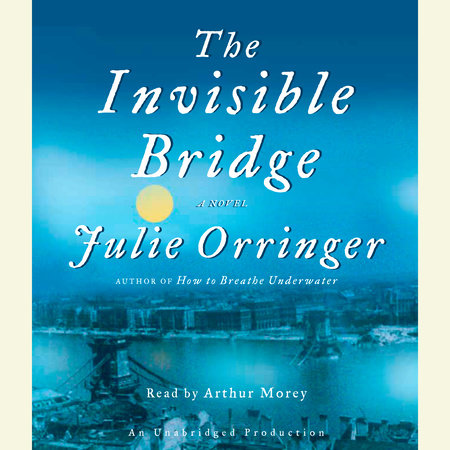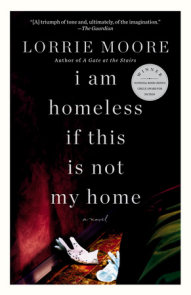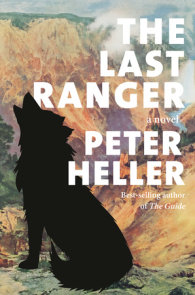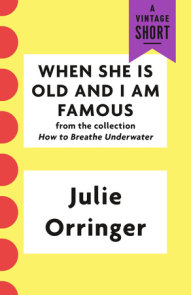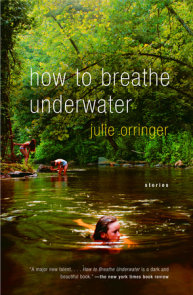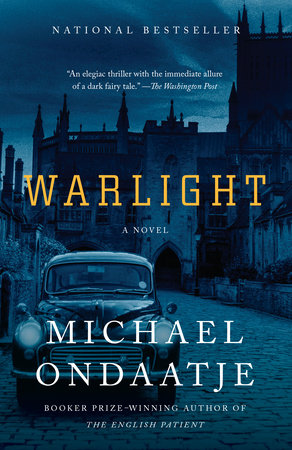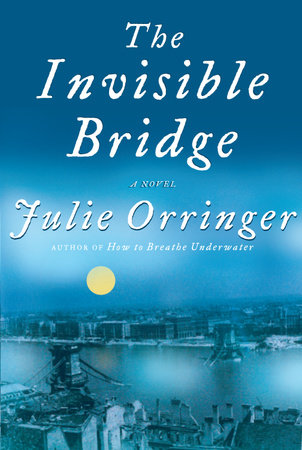

The Invisible Bridge
By Julie Orringer
By Julie Orringer
By Julie Orringer
By Julie Orringer
By Julie Orringer
Read by Arthur Morey
By Julie Orringer
Read by Arthur Morey
Part of Vintage Contemporaries
Category: Literary Fiction | Historical Fiction
Category: Literary Fiction | Historical Fiction
Category: Literary Fiction | Historical Fiction | Audiobooks

-
$18.00
Jan 25, 2011 | ISBN 9781400034376
-
May 04, 2010 | ISBN 9780307593719
-
May 04, 2010 | ISBN 9780307713551
1672 Minutes
Buy the Audiobook Download:
YOU MAY ALSO LIKE
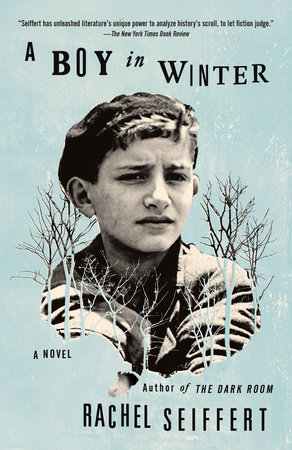
A Boy in Winter

Along the Infinite Sea

Year of Wonders

The Masterpiece
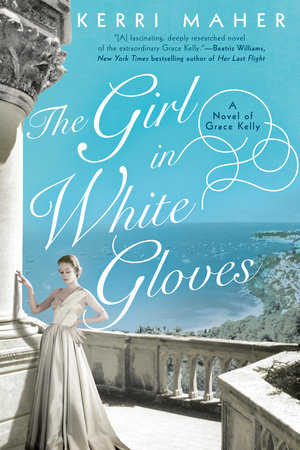
The Girl in White Gloves
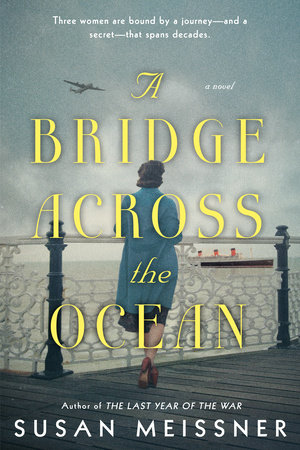
A Bridge Across the Ocean
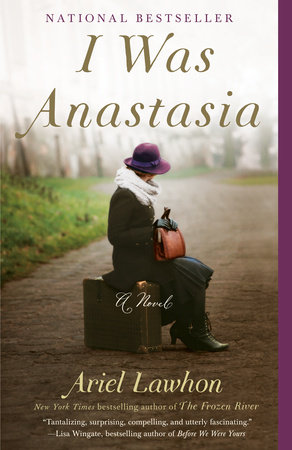
I Was Anastasia
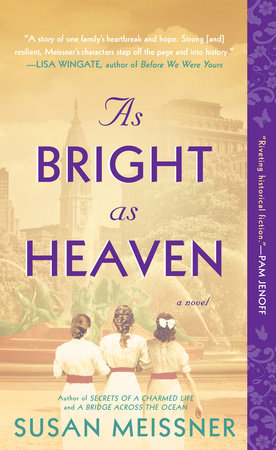
As Bright as Heaven
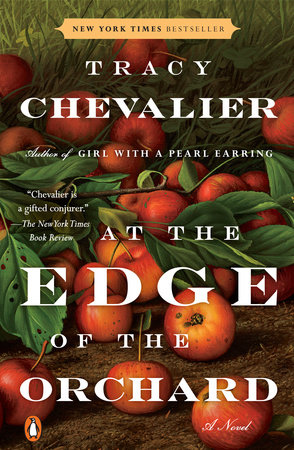
At the Edge of the Orchard
Praise
“Profound love, familial bonds and the deepest of human loyalties play out against the backdrop of unimaginable cruelty. . . . A stunning first novel.” —Los Angeles Times
“Truly breathtaking. . . . A sensual feast.” —San Francisco Chronicle
“The Invisible Bridge is a tale of war-torn lovers, family and survival of the luckiest rather than the fittest. . . . Wonderfully evoked.” —Chicago Tribune
“Orringer’s writing is glorious.” —The Oregonian
“What begins as a jewel-box romance soon breaks open into a harrowing saga of war. Orringer . . . conveys a piercing sense of what it means to be fated by one’s blood.” —Vogue
“At the risk of oversimplifying things, this novel shows how Michael Chabon would write if he grew up a ballet-dancing girl instead of a comic-book-loving boy.” —The Plain Dealer
“[Orringer] make[s] us care so deeply about the people of her all-too-real fictional world. For the time it takes to read this fine novel, and for a long time afterward, it becomes our world too.” —The New York Times Book Review
“One of the best books of the year.” —Junot Diaz
“An unforgettable, important work…. Extraordinary.” —Miami Herald
“Heartbreaking—and inspiring.” —Chicago Sun-Times
“Brilliant. . . . Remarkably accomplished.” —The Washington Post Book World
“Dazzling. . . . A story simultaneously epic and intimate.” —Entertainment Weekly
“Beautiful, breathtaking, and vital.” —NPR, “Books We Like”
“To bring an entire lost world—its sights, its smells, its heartaches, raptures and terrors—to vivid life between the covers of a novel is an accomplishment; to invest that world, and everyone who inhabits it, with a soul, as Julie Orringer does in The Invisible Bridge, takes something more like genius.” —Michael Chabon, author of The Amazing Adventures of Kavalier & Clay
“The word ‘epic’ seems inadequate to describe Julie Orringer’s phenomenal first novel, The Invisible Bridge. You don’t so much read it as live it. . . . Profoundly moving. . . . This is one that cries for you to linger over it, page by enthralling page.” —Financial Times
“Orringer avoids pathos and has a gift for re-creating distant times and places: a Paris suffused with the scent of paprikas and the sounds of American jazz, the camraderies and cruelties of the work camps. The ticking clock of history keeps it urgent and moving forward, and the result is, against all odds, a Holocaust page-turner.” —New York magazine
“Powerful. . . . So mesmerizing that in spite of the book’s heft, its ending comes too soon.” —Miami Herald
“The Invisible Bridge is dense with a master’s intelligence…. The stuff of classic novels.” —Kansas City Star
“With The Invisible Bridge, Julie Orringer has built a large novel in the grand old style, and out of that rubble made something new and beautiful.” —The Onion’s A. V. Club
“Engrossing. . . . The Invisible Bridge follows Hungarian Architecture student Andras Lévi and his older lover, Klara Morgenstern, through some of the most fraught and consequential years of 20th-century history, but Orringer never seems out of her depth.” —Time Out New York
“Orringer’s great achievement here is to give us the Holocaust anew, to remind us of the scale of what was lost and to cherish what survived.” —Seattle Post-Intelligencer
“A Tolstoy-esque novel of the Holocaust, one that tracks the passage of quotidian life and the flutter of the human heart against the implacable roll of history. . . . The love story that unfolds in Orringer’s pages is as romantic as Doctor Zhivago and the seamless, edifying integration of truckloads of historical and topical research.” —Newsday
“As rich in historical detail as it is human in its cast of sympathetic characters. . . . Speaks to the power of love and the steadfastness of the heart.” —O, The Oprah Magazine
“Andras’s Europe is fully realized: its cornices and cobblestones, its frigid winters and chance meetings in cafés.” —Bookforum
“A work of impressive scope and powerful depth.” —BookPage
“In a field as crowded with artistic representations as the Holocaust, it’s easy to assume that there is nothing new to say. Julie Orringer reminds us that there always is, so long as there are individual stories to tell. . . . Brilliant. . . . As in her modern stories, here Orringer covers the darkest matters with a tender authority while imbuing her characters with the subtle, endless dimensions of love and suffering.. . . Gripping, fresh, and worth remembering . . . this novel will endure.” —Forward magazine
“A fine first novel. . . . Has much to say about war, and how it affects individuals indiscriminately, changing their dreams.” —Dallas Morning News
“The sheer joy of storytelling fills each moment of Orringer’s novel. Like Tolstoy and Eliot’s work, it transports us completely into its world—that of young Andras, his friends, family and loves—and a landscape of war and redemption. Thrilling, tender, and terrifying; a glorious reminder of how books can change our lives. It is the novel of the year.” —Andrew Sean Greer, author of The Story of A Marriage
21 Books You’ve Been Meaning to Read
Just for joining you’ll get personalized recommendations on your dashboard daily and features only for members.
Find Out More Join Now Sign In









